The Revival of Traditional Art Mediums in the Age of Technology
In the modern world, technology has dramatically reshaped every sector, including the arts. With the advent of digital tools, artificial intelligence, and virtual reality, it has never been easier for artists to explore new ways of creating, experiencing, and distributing art. Digital painting, 3D printing, and NFTs (Non-Fungible Tokens) have taken the forefront, opening new realms of possibilities. However, despite the rise of these cutting-edge technologies, there is a significant resurgence of interest in traditional art mediums. Artists are revisiting age-old practices such as painting, sculpture, printmaking, and drawing, finding fresh meaning in them as they respond to contemporary themes.
This revival of traditional art forms in the digital age raises several interesting questions: Why are artists returning to traditional mediums in such significant numbers? How do these mediums contrast with the possibilities offered by modern technology? And most importantly, what makes these old techniques continue to resonate in an increasingly digital world?
The Timeless Appeal of Traditional Art
The appeal of traditional art mediums is undeniable. There is something inherently tactile and human about working with physical materials—whether it’s the texture of a brushstroke on a canvas or the feel of a chisel carving into stone. Traditional mediums offer an experience that digital tools cannot replicate. This is partly due to the direct, hands-on engagement with the materials and the personal connection that is formed between the artist and the work.
1. Painting: The Heart of Traditional Art
Painting, especially oil and acrylic painting, has remained a dominant medium for centuries. Its history can be traced back to ancient cave paintings, through the Renaissance, and into the modern era. The revival of interest in painting, especially figurative and portrait painting, has been remarkable in recent years. Artists are once again embracing the richness of color, texture, and depth that only physical paints can provide.
Why it’s making a comeback:
While digital painting tools such as Photoshop and Procreate allow for limitless possibilities in creating imagery, they can never replace the richness and depth that comes with applying actual paint to a surface. Artists often find that traditional painting allows for better control over the final look and feel of the work, offering more dynamic contrasts and subtle nuances. The texture and layering involved in traditional painting allow the piece to develop in ways that are difficult to achieve with digital tools.
Examples of contemporary traditional painters:
Artists like Jenny Saville, John Currin, and Kehinde Wiley have helped reinvigorate the popularity of figurative painting, exploring themes of identity, body image, and social class with traditional techniques while also incorporating modern concepts and subjects. Their works showcase the ongoing relevance of traditional art forms in conveying powerful social commentary.
2. Sculpture: The Art of Physical Form
Sculpture, one of the oldest forms of human artistic expression, has also seen a resurgence. The act of shaping three-dimensional forms from materials like clay, metal, stone, and wood has an enduring appeal that digital sculptures or 3D printing struggles to match. Whether it’s classical marble statues or modernist metalworks, the tactile nature of sculpting allows for a deep, embodied interaction with the material.
Why it’s making a comeback:
Sculpture is inherently a physical, three-dimensional medium. As such, it has the ability to engage viewers in ways that flat, two-dimensional works cannot. Traditional sculpture—whether in marble, bronze, or wood—creates an immersive experience. The light and shadow that play across a sculptural form, the textures that can be felt with the hands, and the scale and presence that the sculpture takes in a physical space make it an intimate and dynamic medium.
Examples of modern sculptors:
Contemporary sculptors such as Ai Weiwei, Chihuly, and Jeff Koons continue to breathe new life into traditional sculptural forms, blending classical techniques with modern concerns. These artists often engage with political themes, environmental issues, and consumerism, proving that sculpture remains as relevant as ever in the digital age.
The Rise of Digital Tools and the Intersection of Old and New
While traditional art forms have maintained a lasting presence, digital tools have undeniably opened up new avenues for artistic expression. Digital art platforms such as Adobe Photoshop, Illustrator, and Procreate have revolutionized the way artists create. These tools provide a vast array of brushes, textures, and effects that traditional media simply cannot match. In addition, advancements in virtual reality (VR) and artificial intelligence (AI) have made it possible to create digital art in immersive 3D spaces, allowing for new experiences of art that can be interactive and ever-changing.
1. The Freedom and Flexibility of Digital Art
Digital art offers unparalleled freedom. Unlike traditional mediums, digital tools allow artists to undo mistakes, work in layers, and experiment without the fear of ruining a piece. Furthermore, digital platforms make it easier to share art with a global audience instantly. NFTs, for instance, have provided artists with an entirely new way to sell their work while also ensuring its authenticity through blockchain technology.
However, the ease and flexibility of digital tools can also be limiting. Artists working in digital media may find themselves caught in the endless cycle of editing and tweaking, making it difficult to achieve the same sense of spontaneity and completion that traditional mediums offer. While digital art can be endlessly modified, traditional mediums, by contrast, often come with limitations that push artists to make bold decisions and embrace imperfection.
2. 3D Printing and Sculpture
The advent of 3D printing technology has made it possible for artists to create intricate sculptures and objects that would have been nearly impossible to execute by hand. 3D printers can produce detailed, complex works in materials like plastic, metal, and resin. While this has expanded the possibilities for sculptors, many argue that 3D printing lacks the warmth, texture, and history inherent in traditional methods like clay modeling or stone carving. Digital sculpture may offer precise replication, but it cannot replicate the tactile experience of sculpting by hand.
Bridging the Gap: Hybrid Works that Combine Tradition and Technology
Rather than competing, traditional and digital mediums have begun to merge. Many contemporary artists use both traditional and digital tools to create hybrid works that combine the best of both worlds. For example, artists may use traditional painting techniques and then digitize their work to manipulate or enhance it digitally, or they may use 3D printers to produce a sculpture based on a traditional design.
The blending of old and new techniques allows artists to express themselves in more diverse ways and create pieces that speak to both the past and the future. These hybrid works often reflect themes of technological progress and nostalgia, as artists seek to marry their love for tradition with the possibilities of the digital age.
Why Traditional Art Mediums Continue to Resonate
Despite the allure of digital technologies, traditional mediums continue to hold a unique position in the art world. Here are some reasons why these mediums remain highly relevant today:
1. Tactility and Materiality
Traditional art is rooted in the physical world, and many artists still cherish the tactile experience of working with materials like oil paints, clay, and stone. There is an inherent beauty in the texture and depth that traditional materials bring to a piece. The direct, hands-on approach allows artists to forge a deeper connection with their work.
2. Timelessness and Authenticity
Traditional art mediums are often associated with a sense of timelessness and authenticity. The act of working by hand, of creating something from scratch using age-old techniques, gives a sense of permanence to the work. In an era of fast-paced technology, traditional art is seen as enduring and more deeply connected to human history and culture.
3. Art for the Senses
While digital art is displayed on screens and viewed from a distance, traditional art has a direct, physical presence. Whether it’s the smell of oil paints, the sound of a chisel carving into stone, or the sight of the brushstrokes on a canvas, traditional mediums engage all of the senses, offering a more immersive and intimate experience.
The Future of Traditional Art in a Technological World
The future of traditional art in the digital age is not one of opposition but rather coexistence. Artists will continue to explore the rich traditions of painting, sculpture, and drawing while incorporating new technologies and platforms. Hybrid artworks that blend the tactile with the virtual will likely grow in popularity, allowing artists to communicate in more diverse and dynamic ways.
For collectors, curators, and art enthusiasts, the revival of traditional art mediums represents a return to craftsmanship, to something more tangible and enduring in an increasingly digital world. These artworks remind us of the value of patience, skill, and human ingenuity in creating something beautiful and meaningful.
Ultimately, the revival of traditional art forms in the digital age is a testament to the enduring appeal of the hands-on, personal, and human-centered aspects of art. While technology continues to open new doors for creative expression, the timeless value of traditional techniques ensures that they will continue to thrive alongside the new. In this balance, the art world remains vibrant, dynamic, and always evolving. Buy traditional art at CycloneSale.com for all your decorating and collecting needs today!


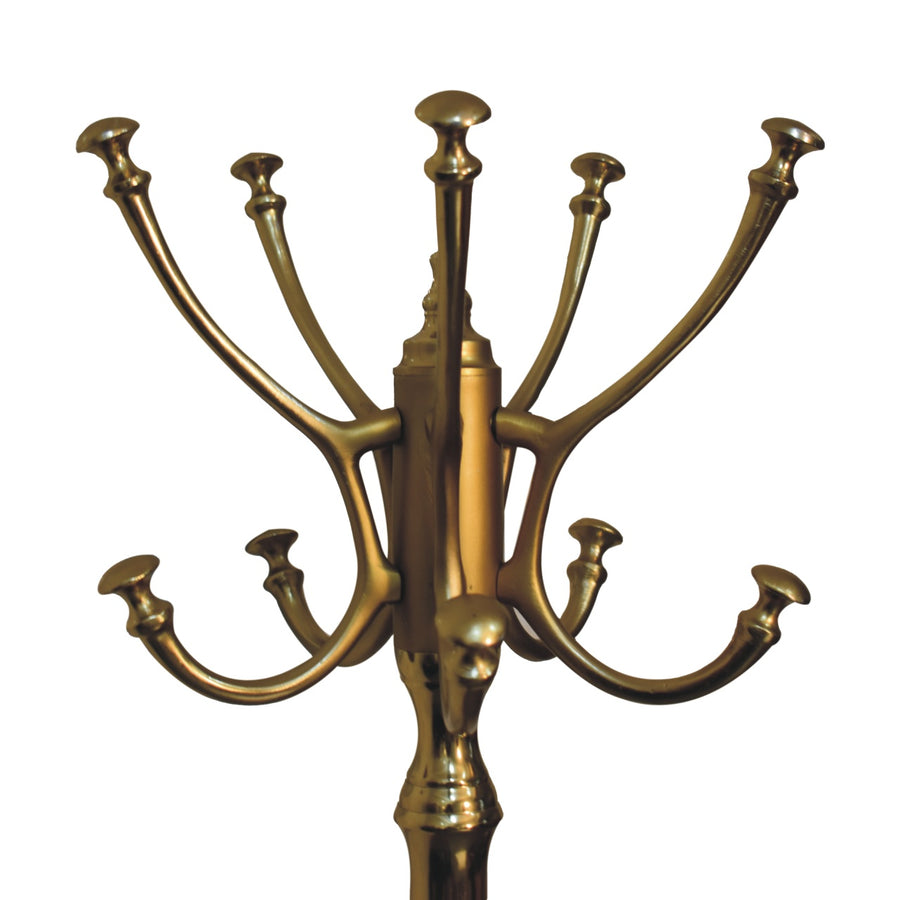
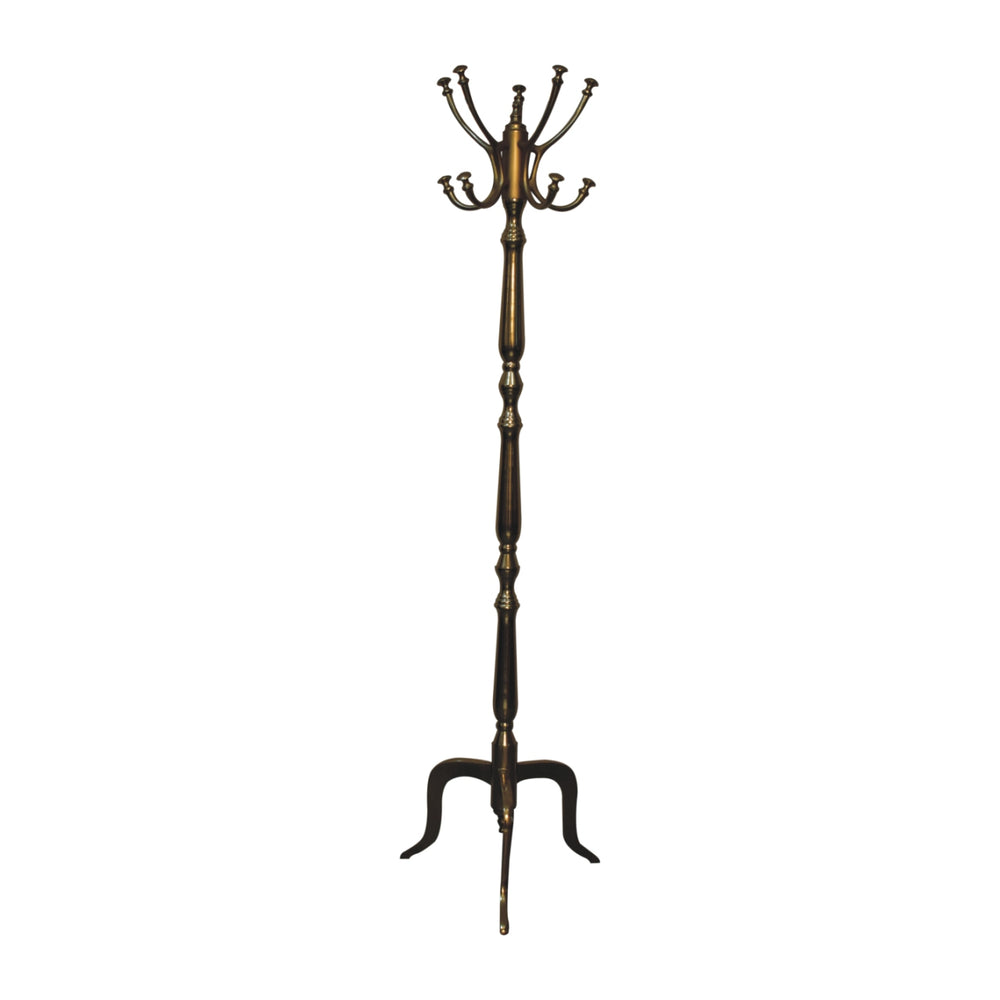
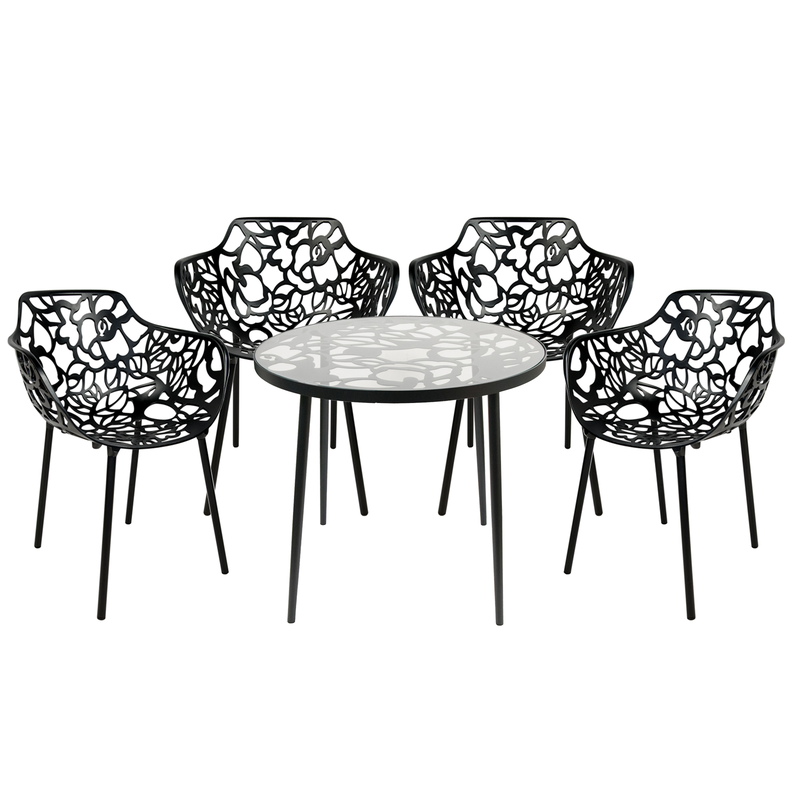
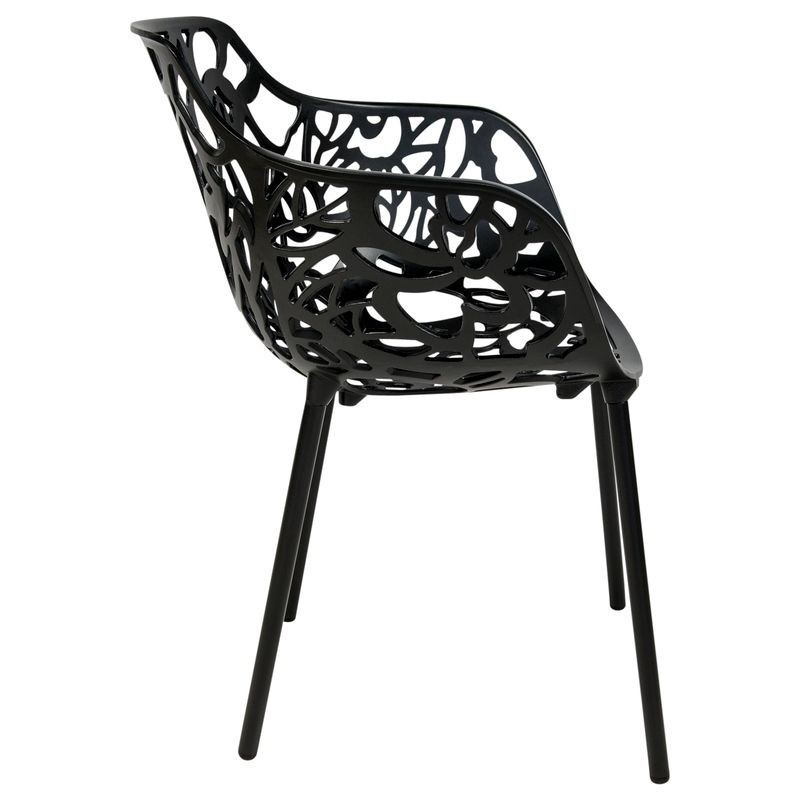


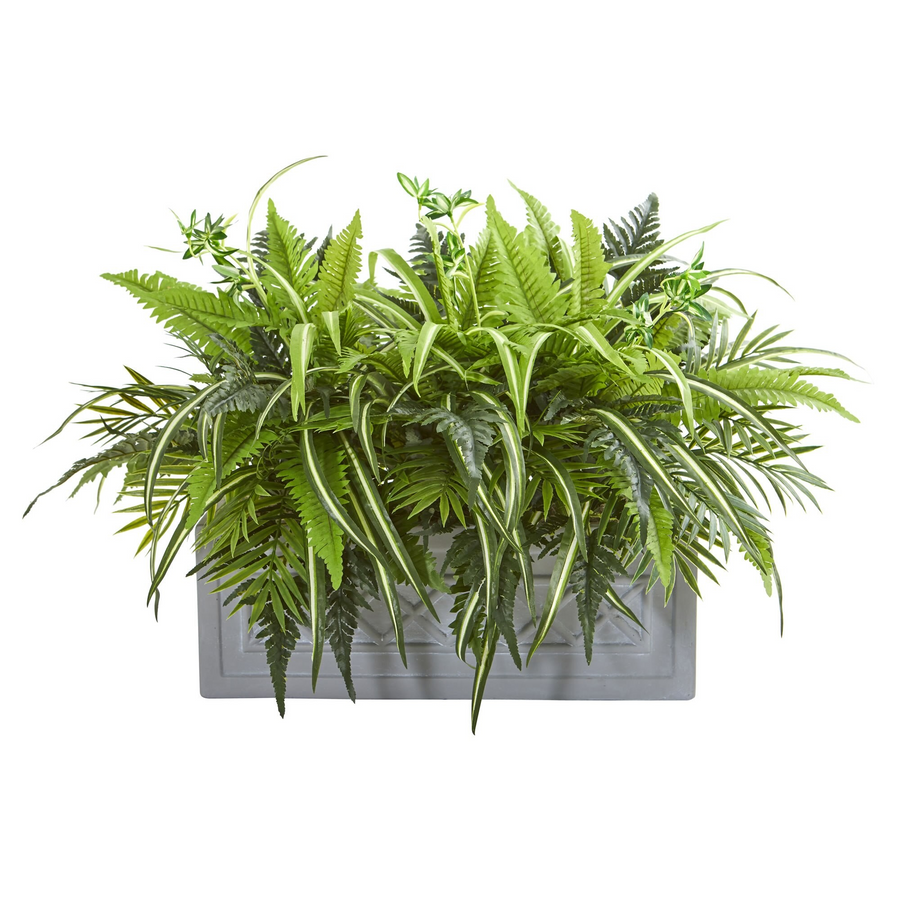

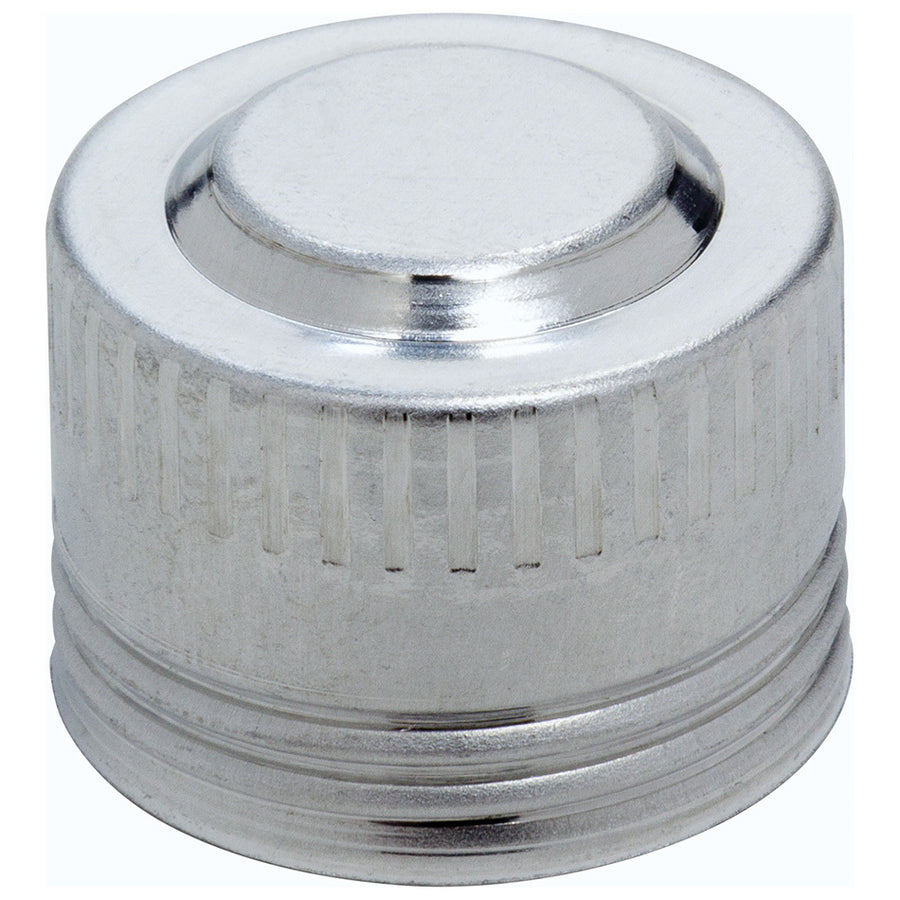
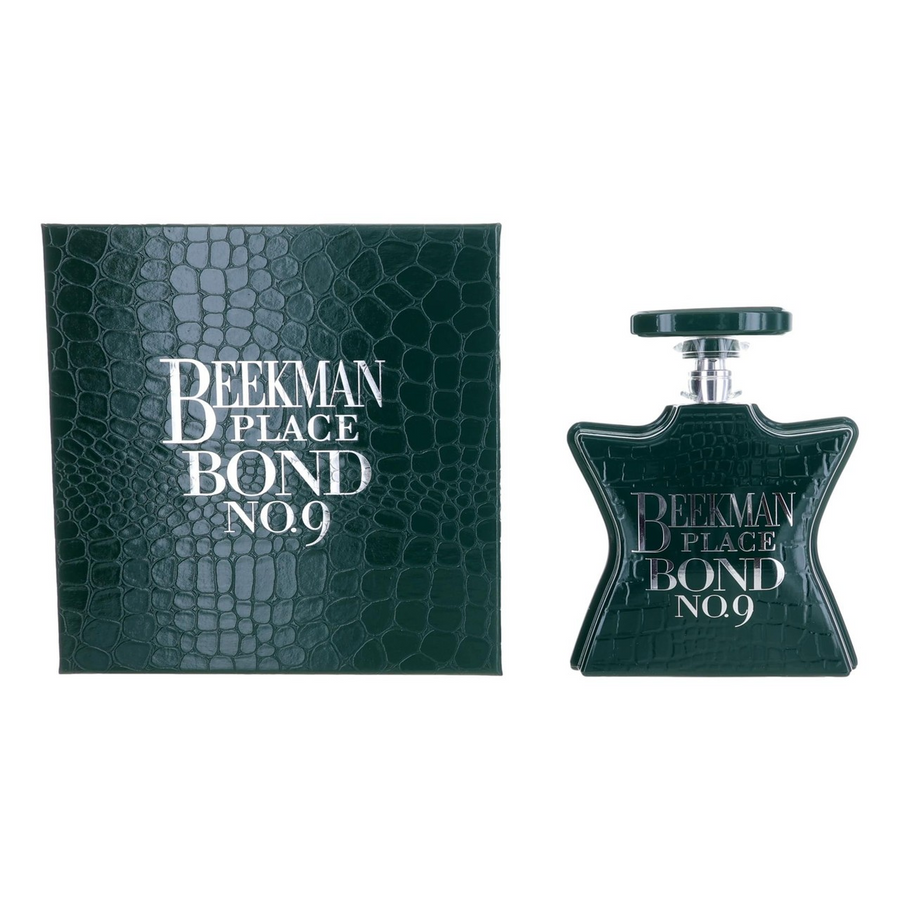



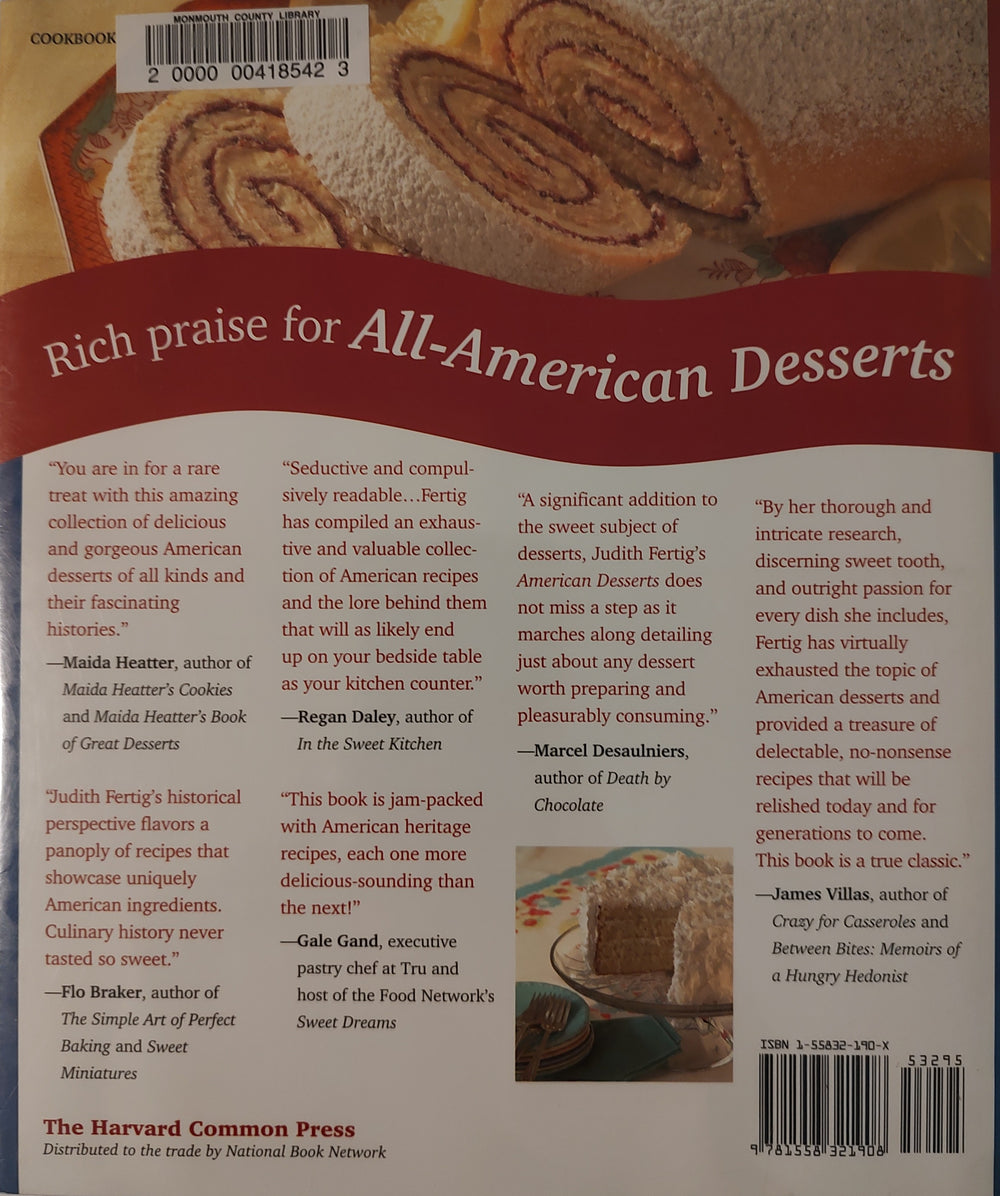



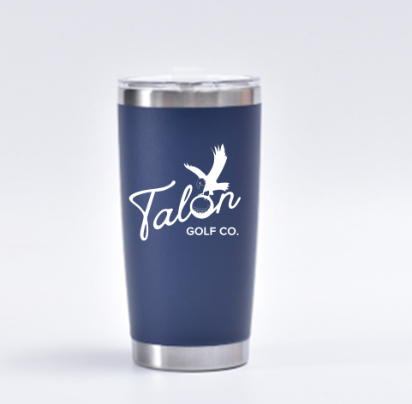


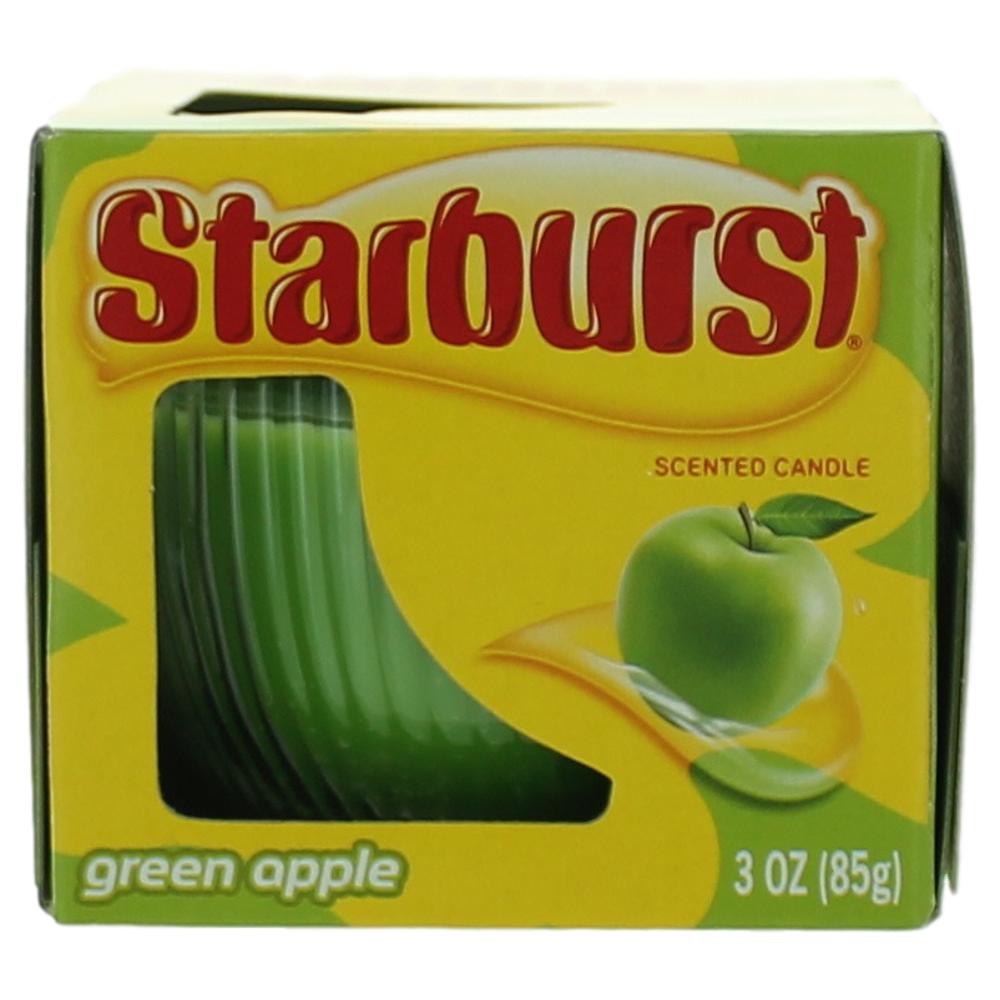

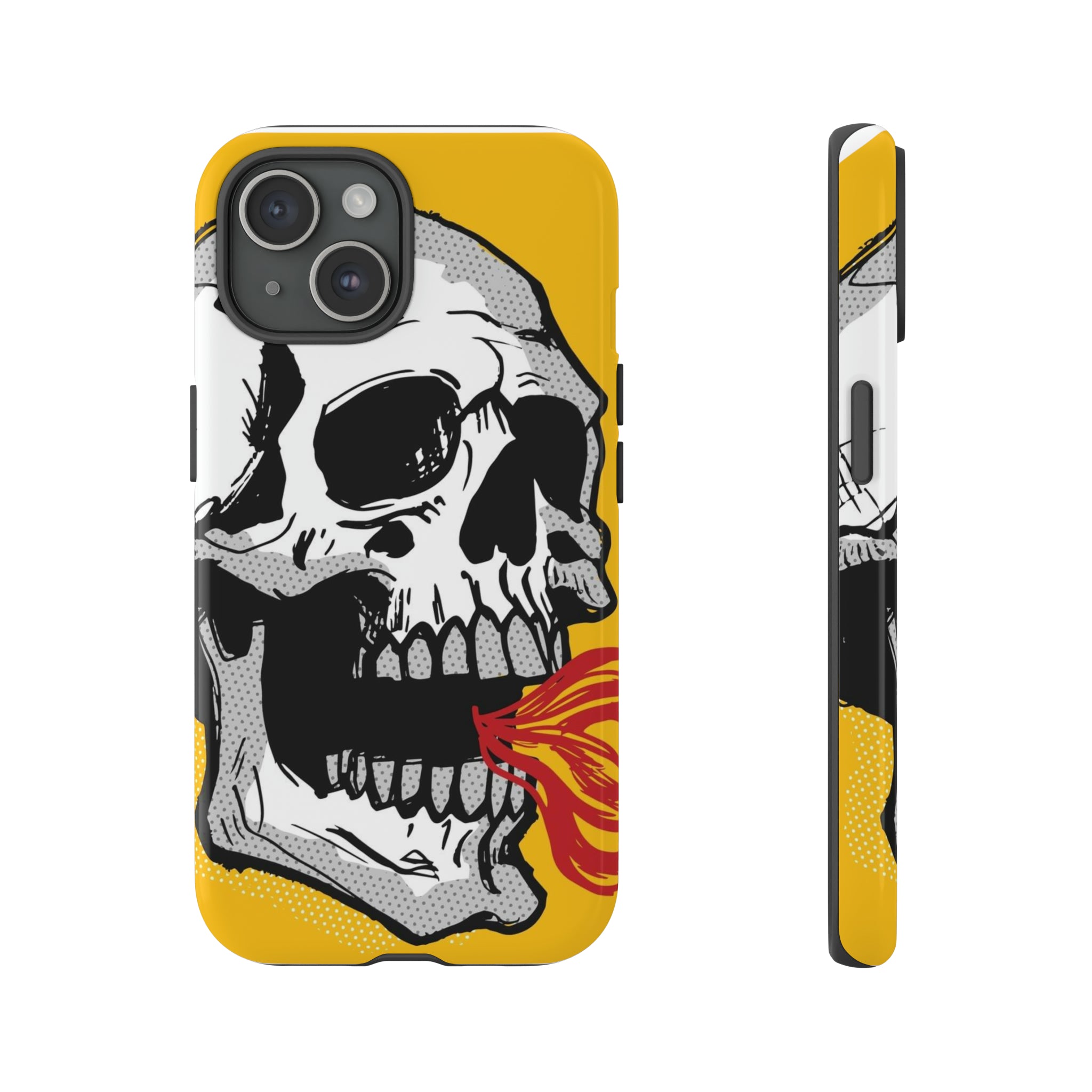
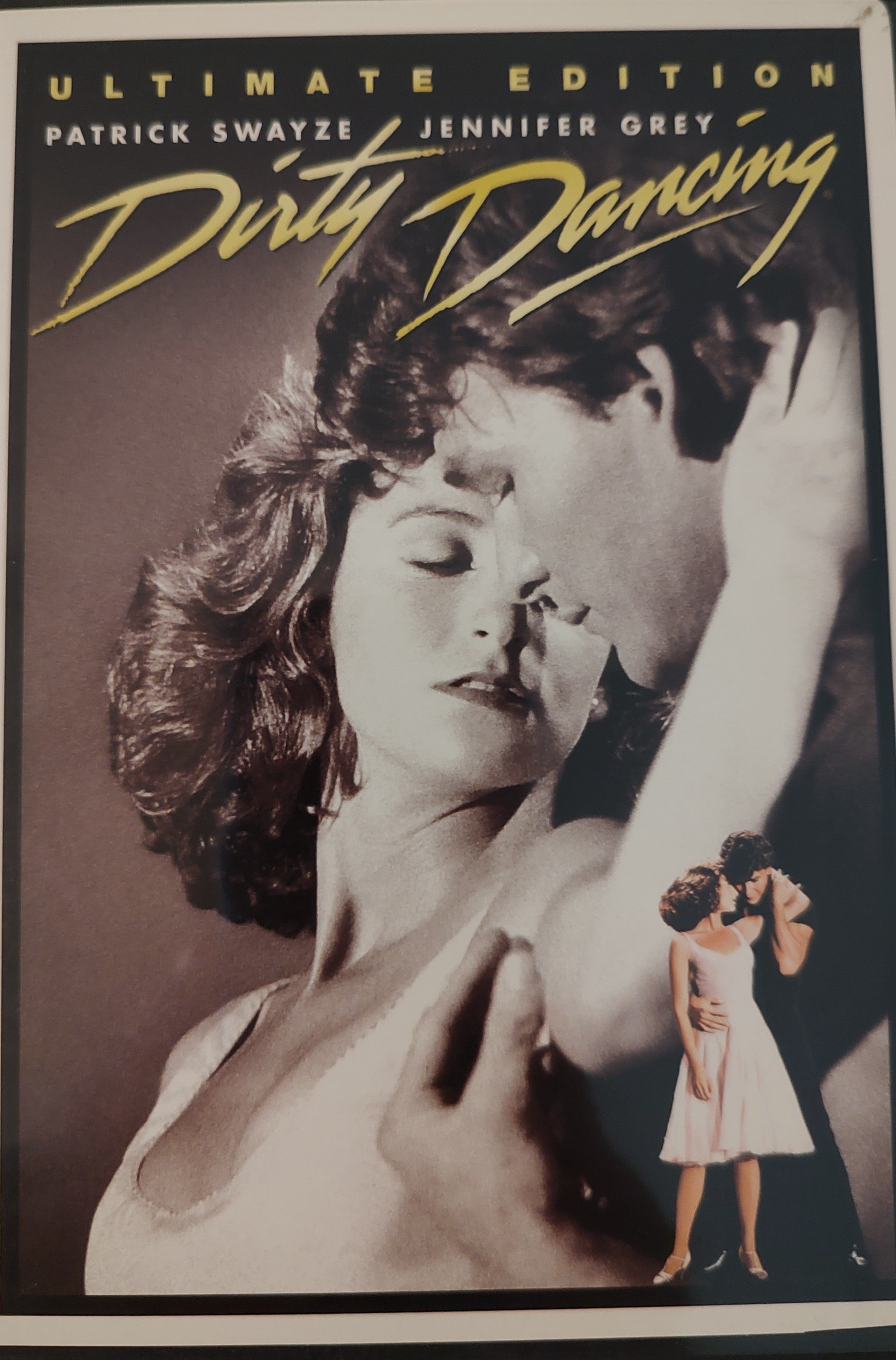
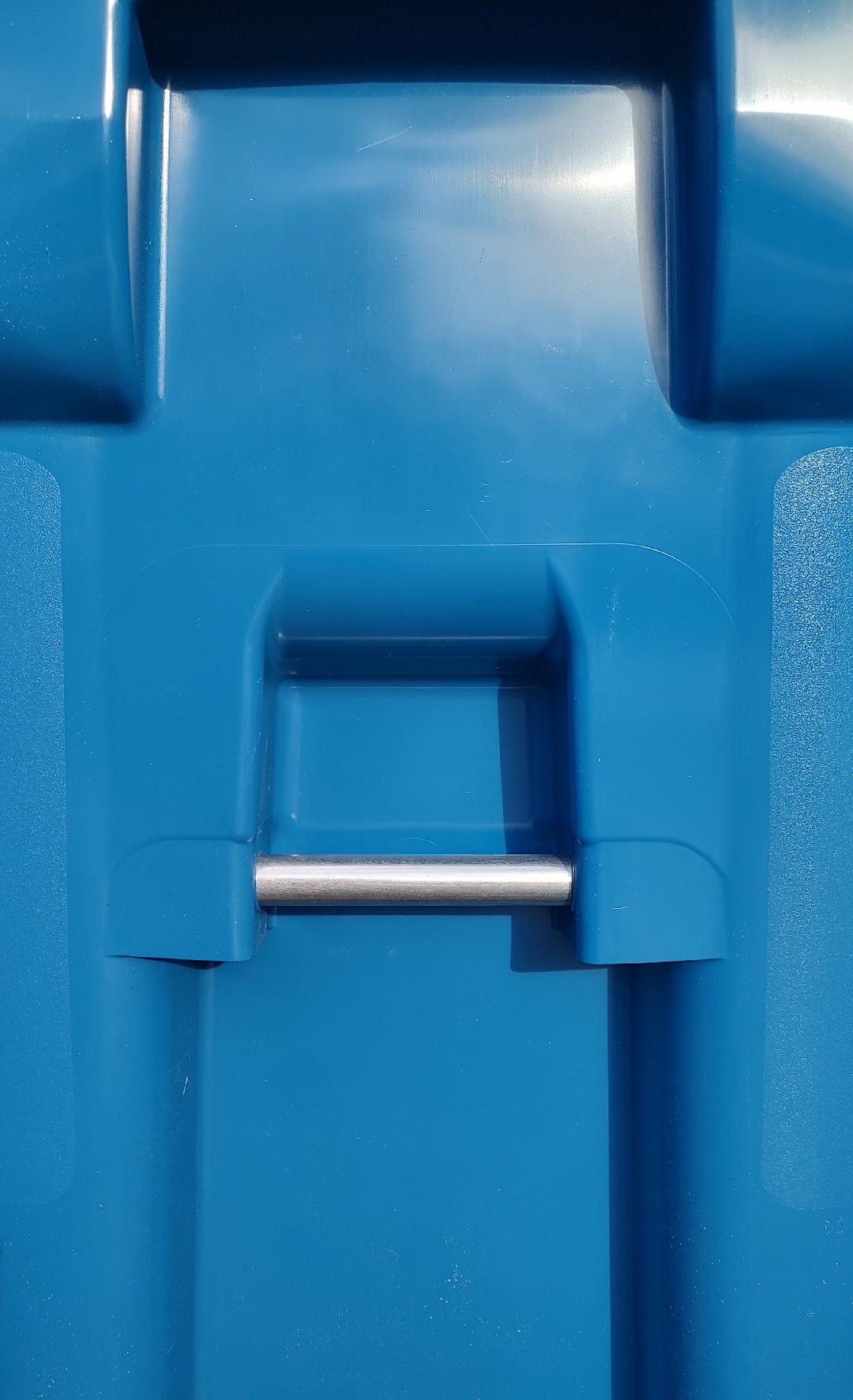

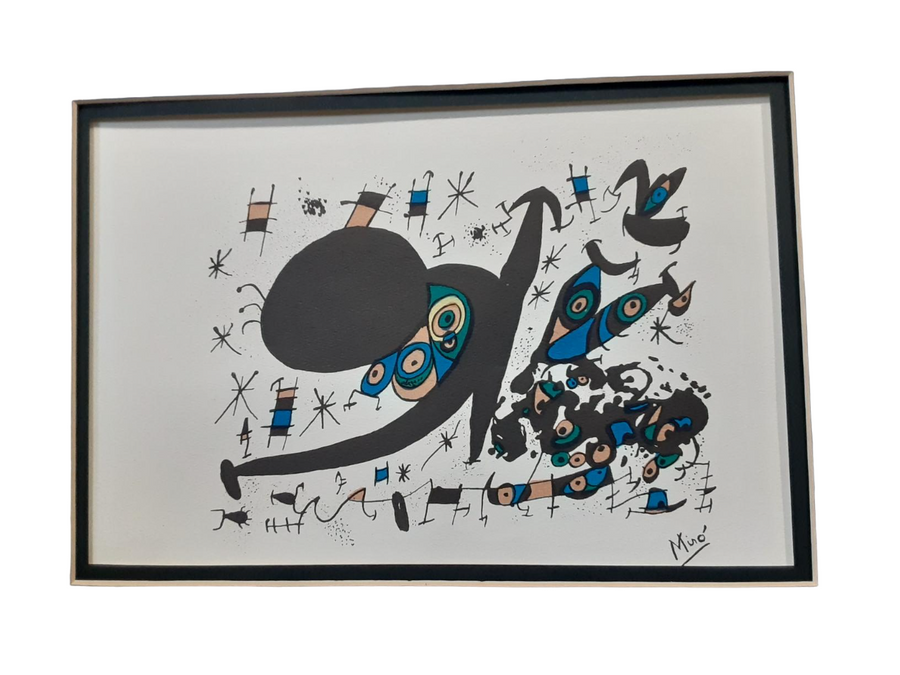

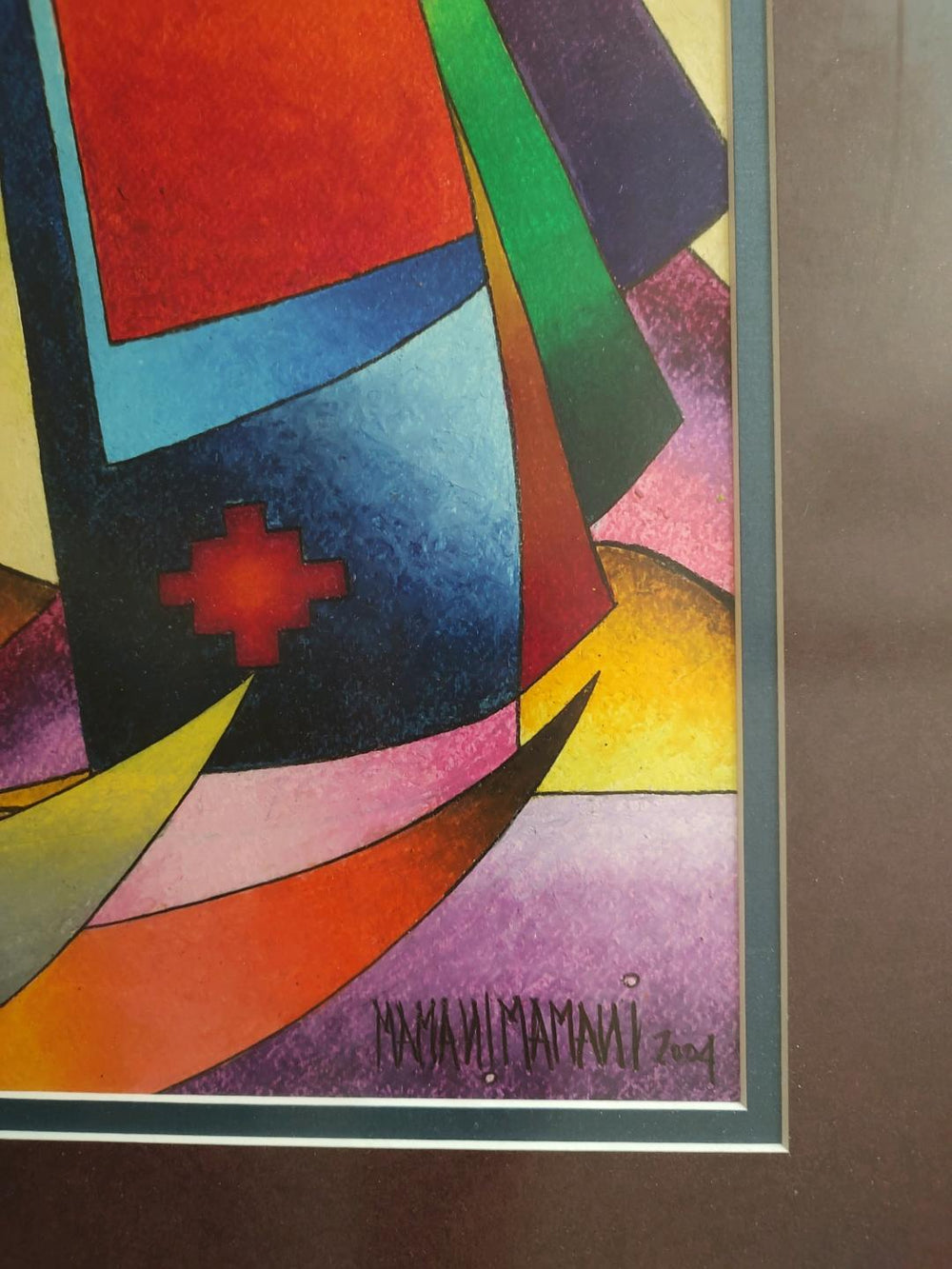
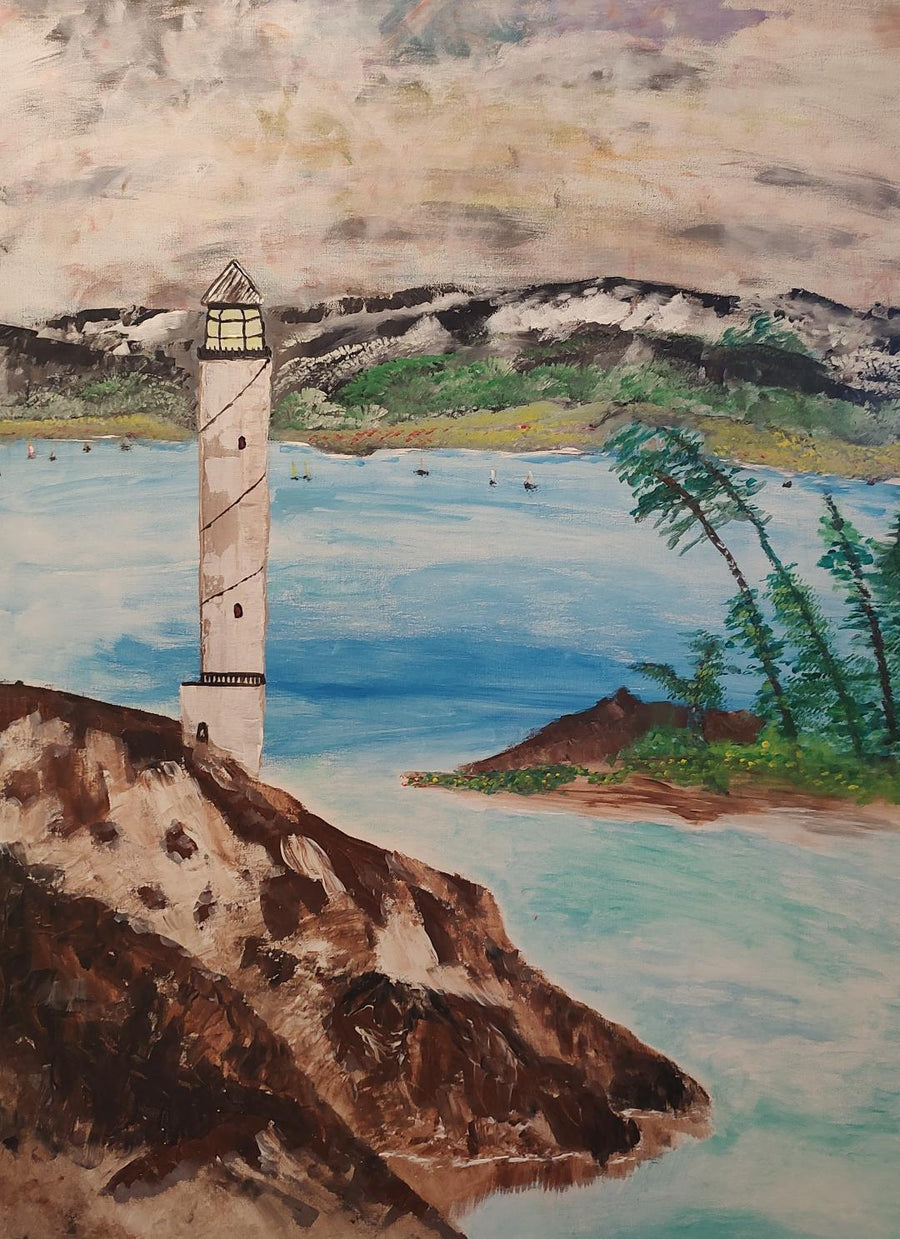
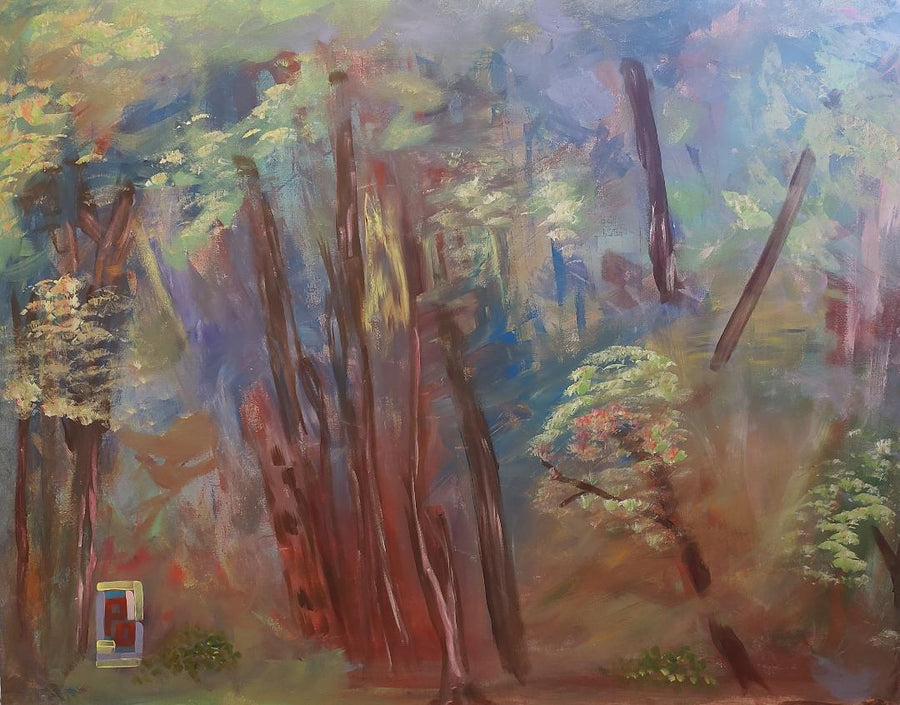
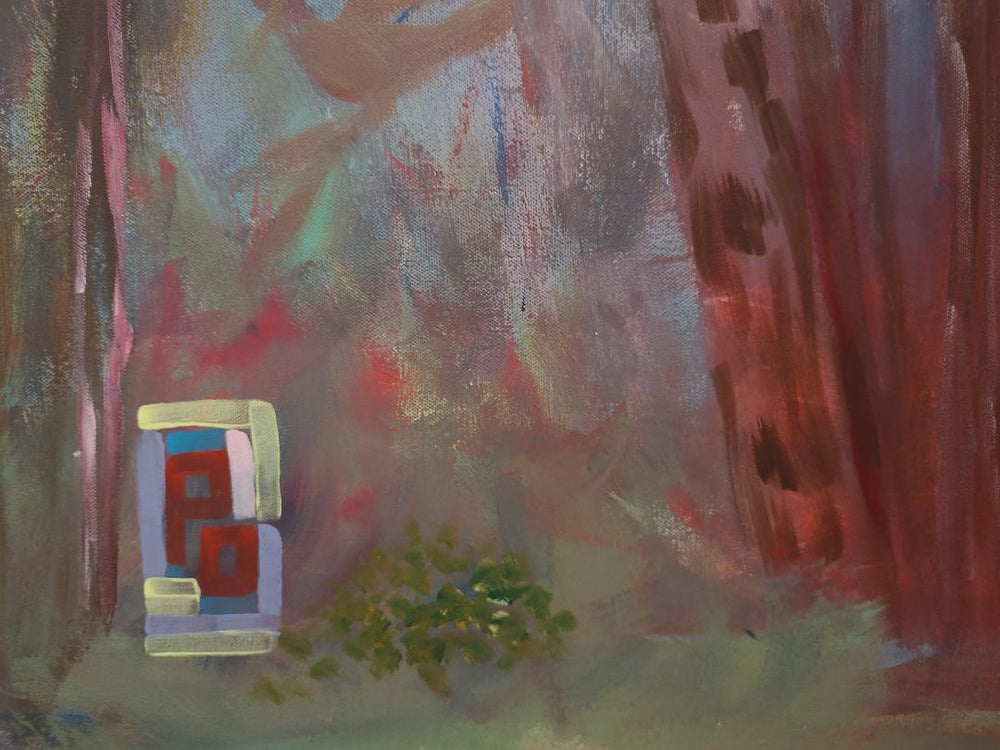
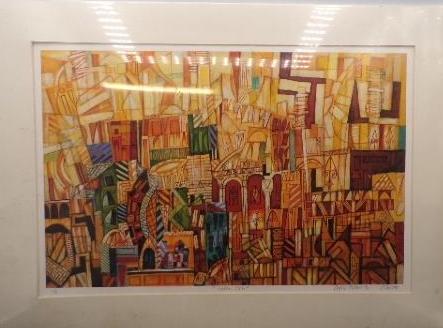
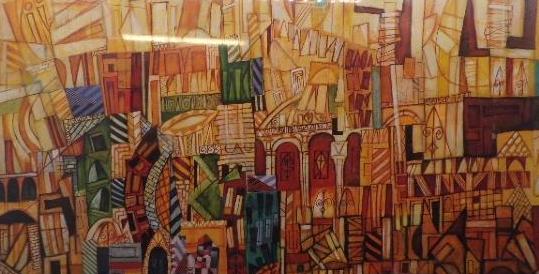
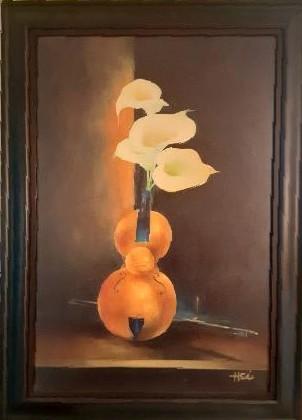
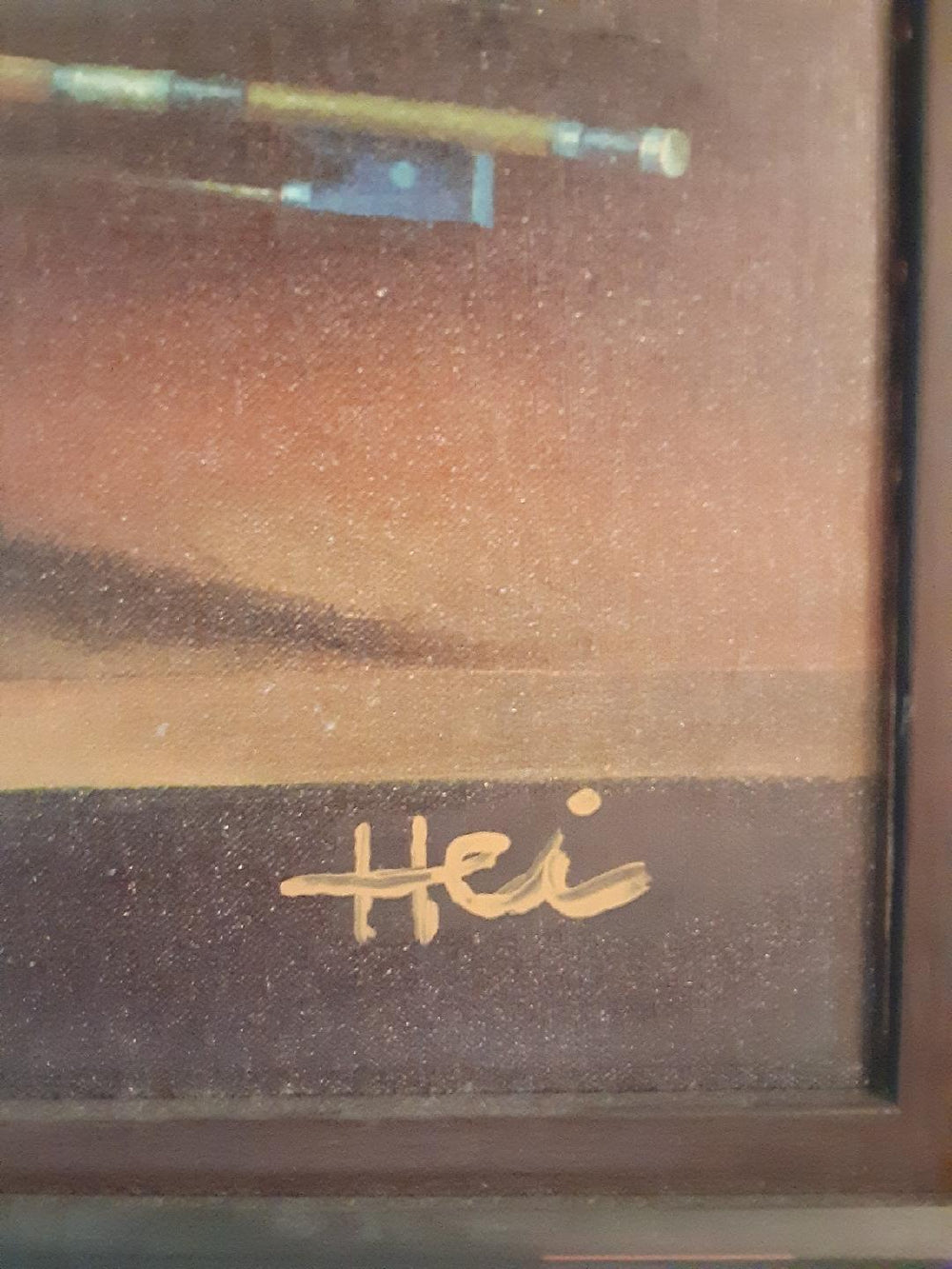

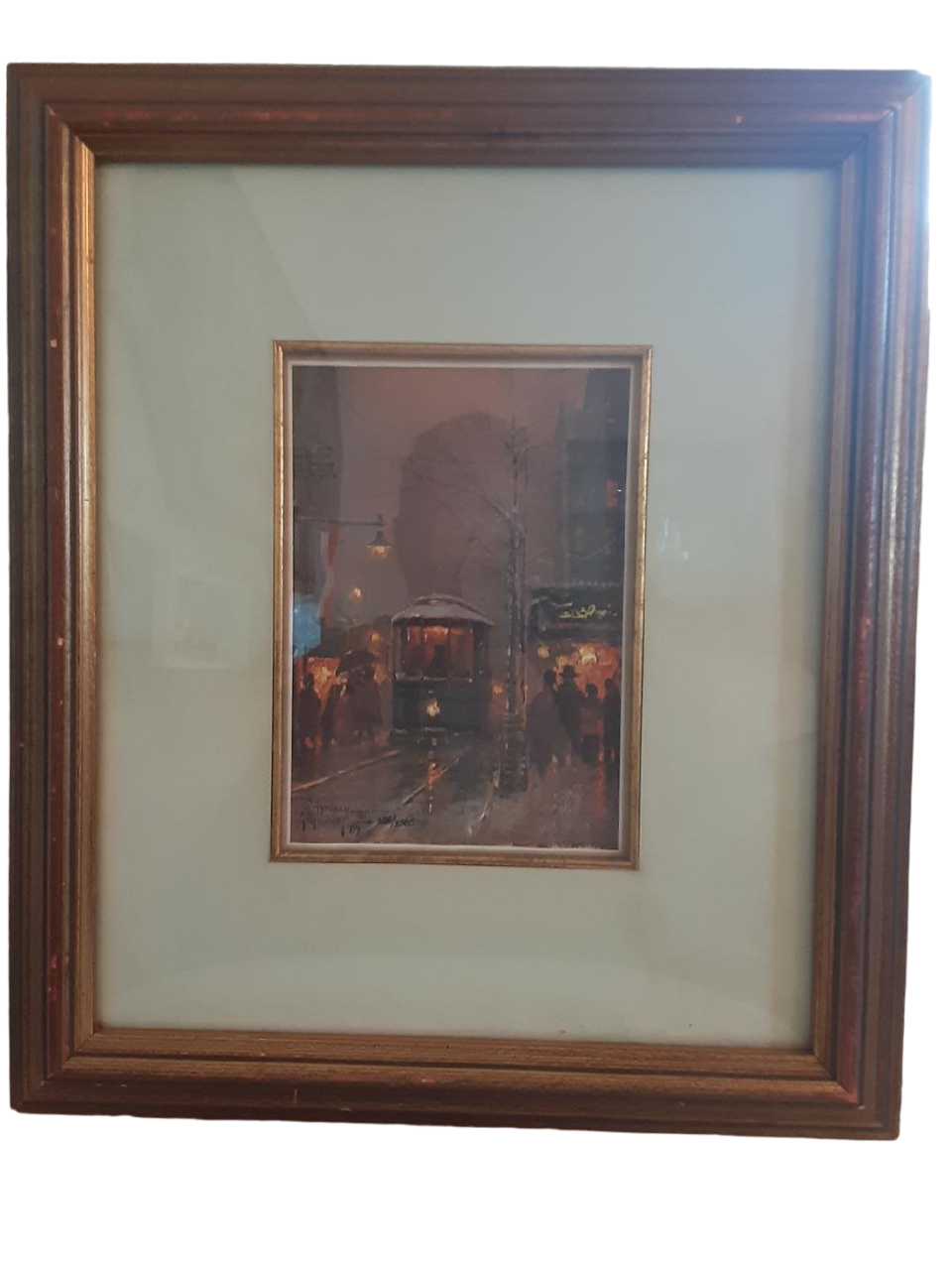
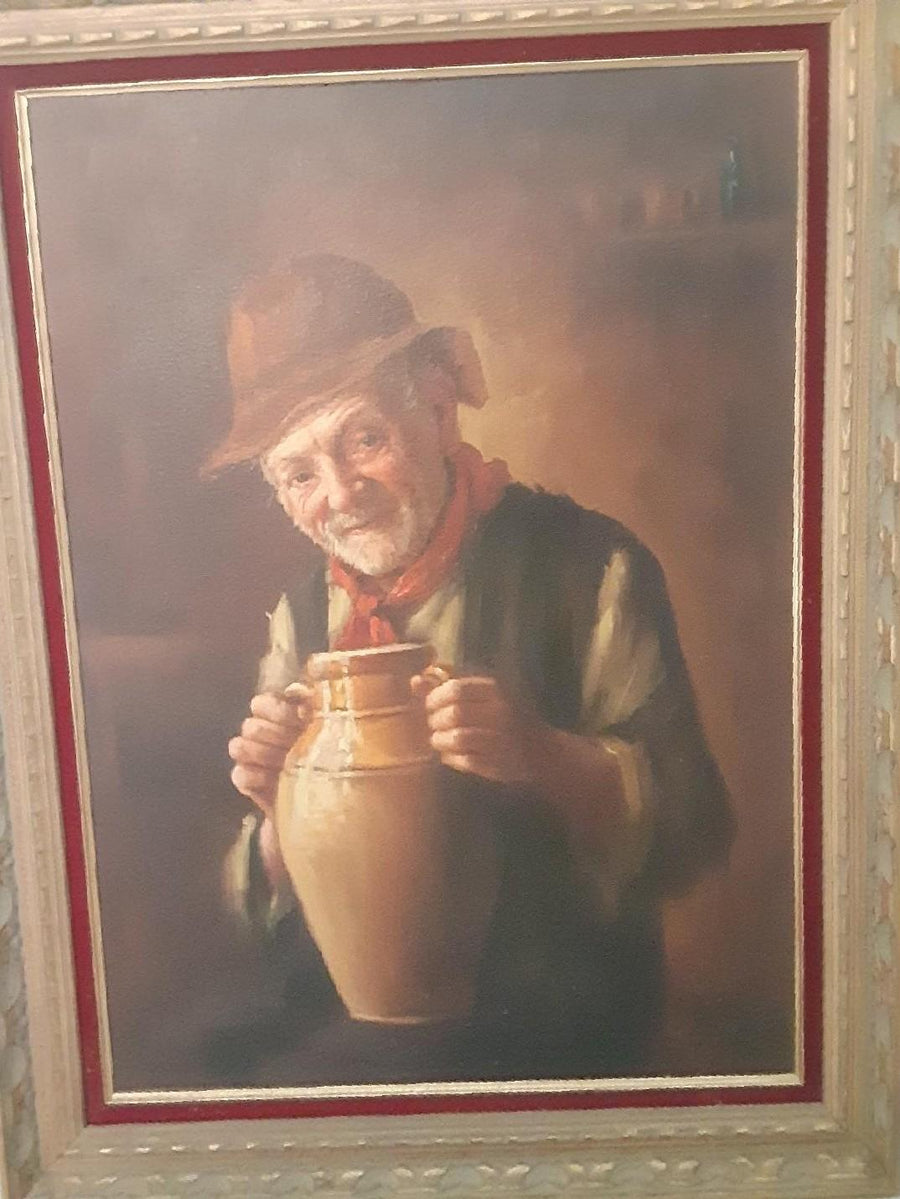
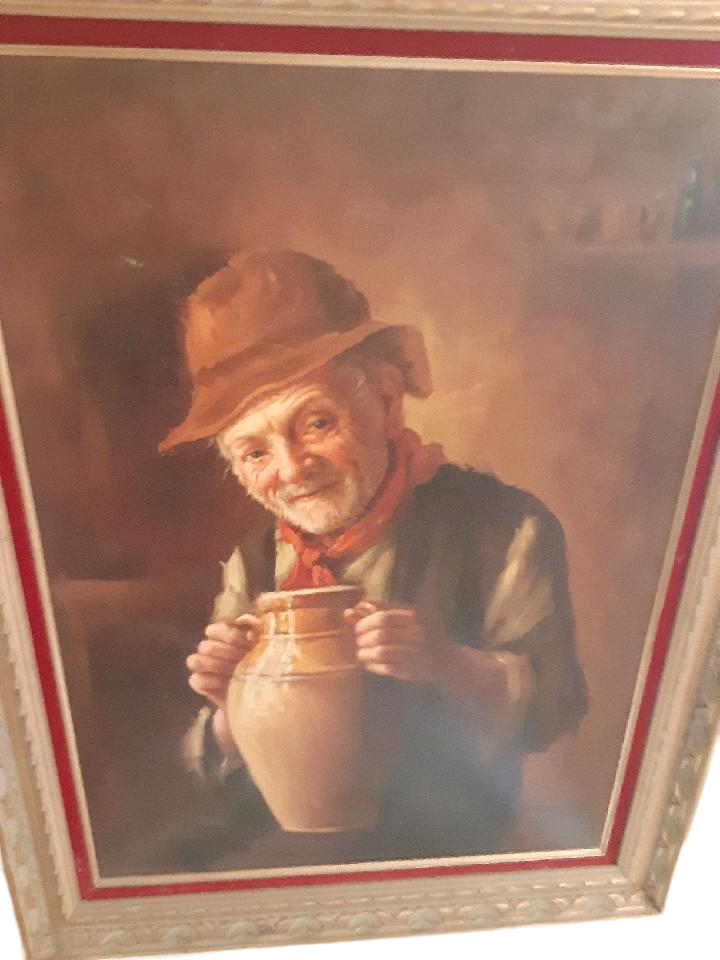
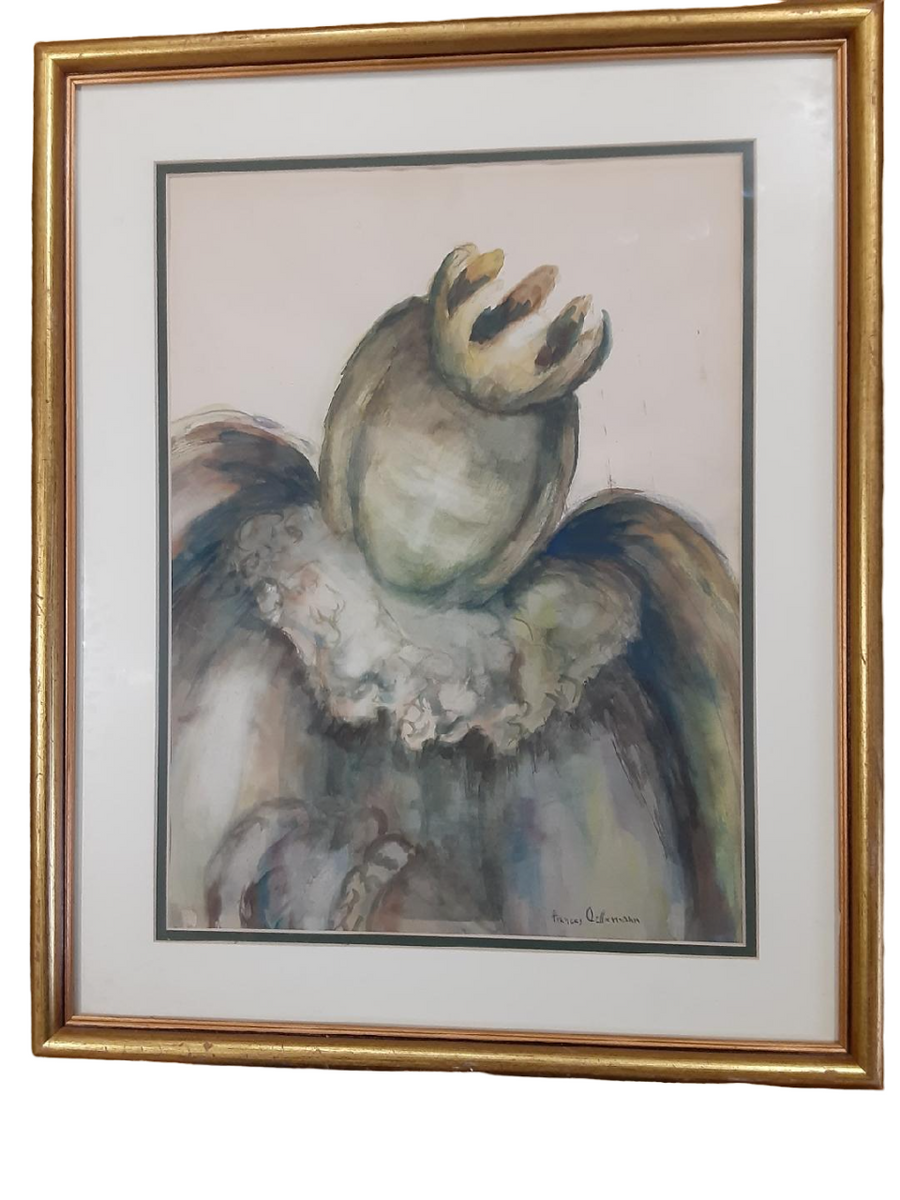
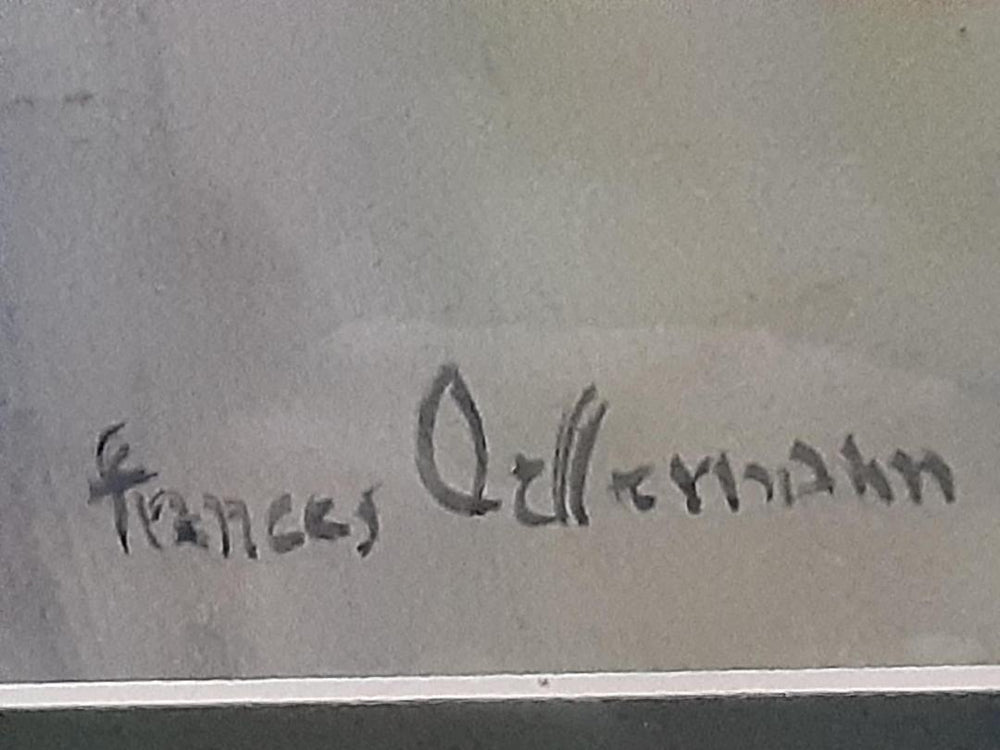

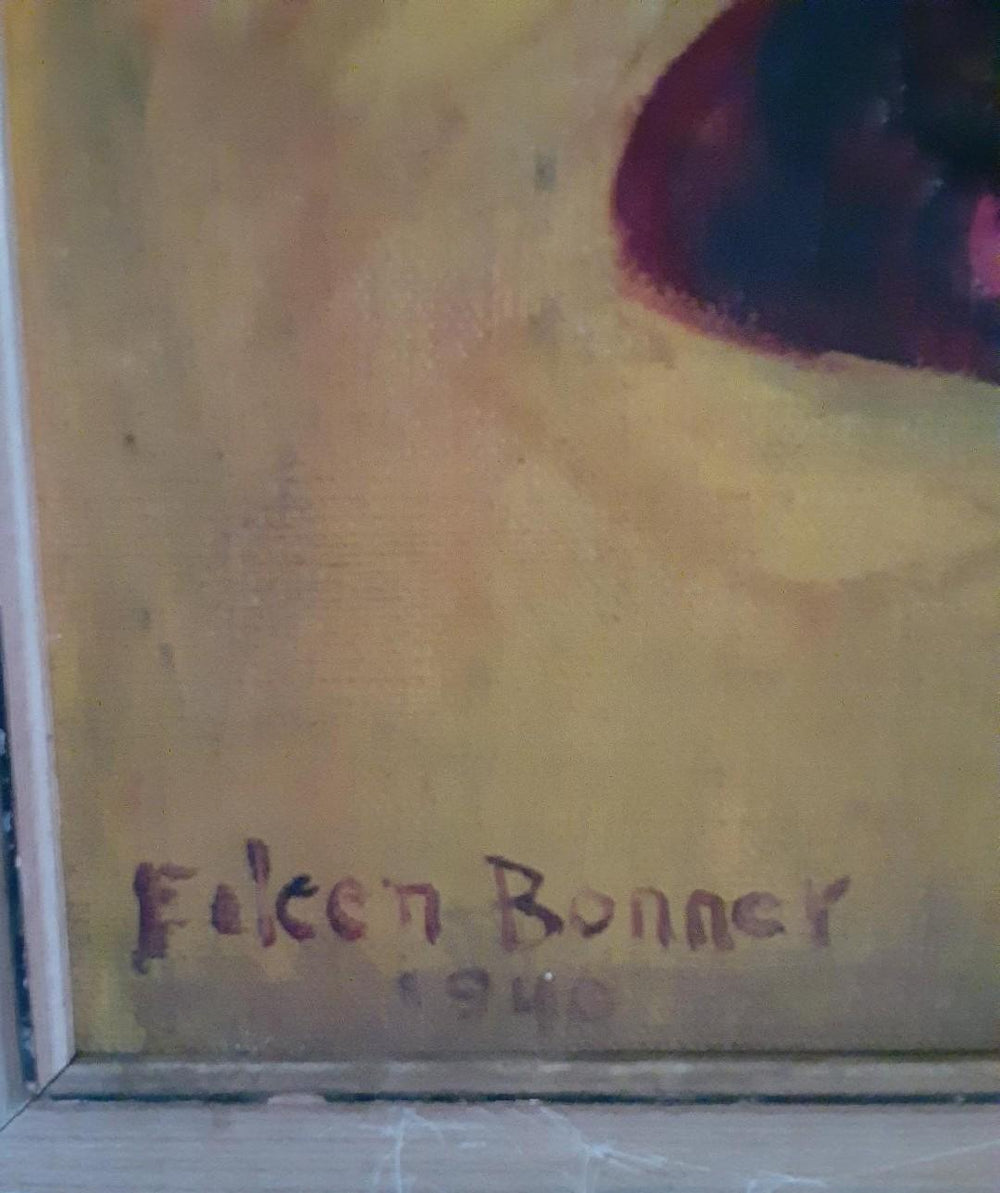

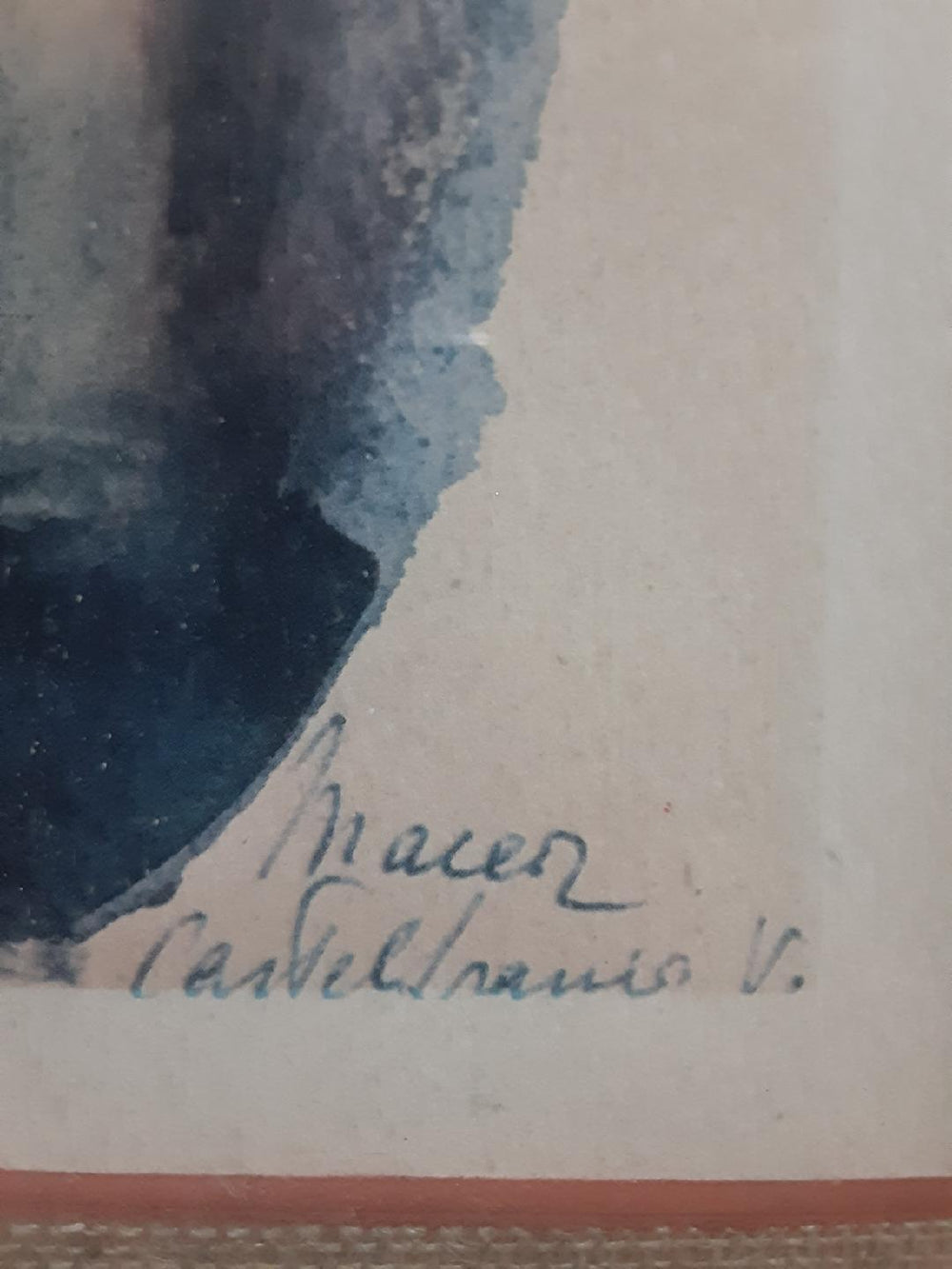
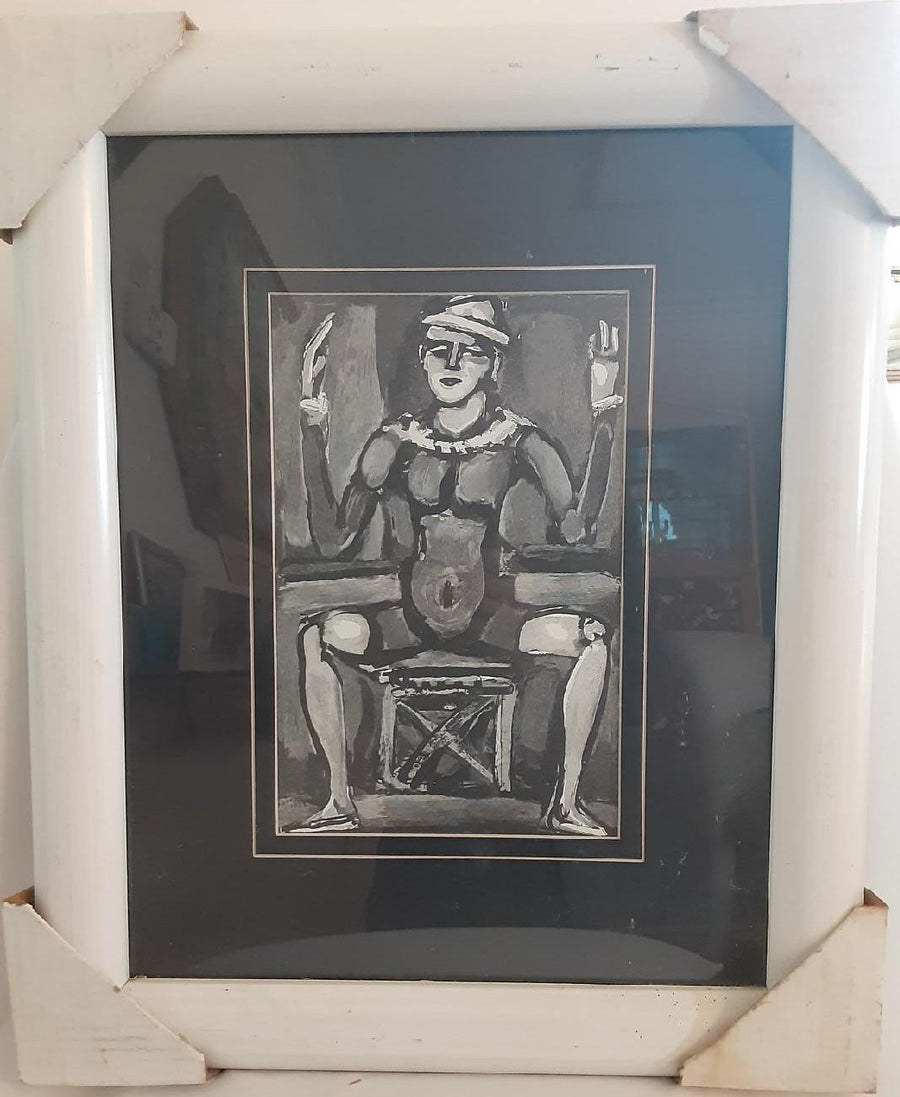

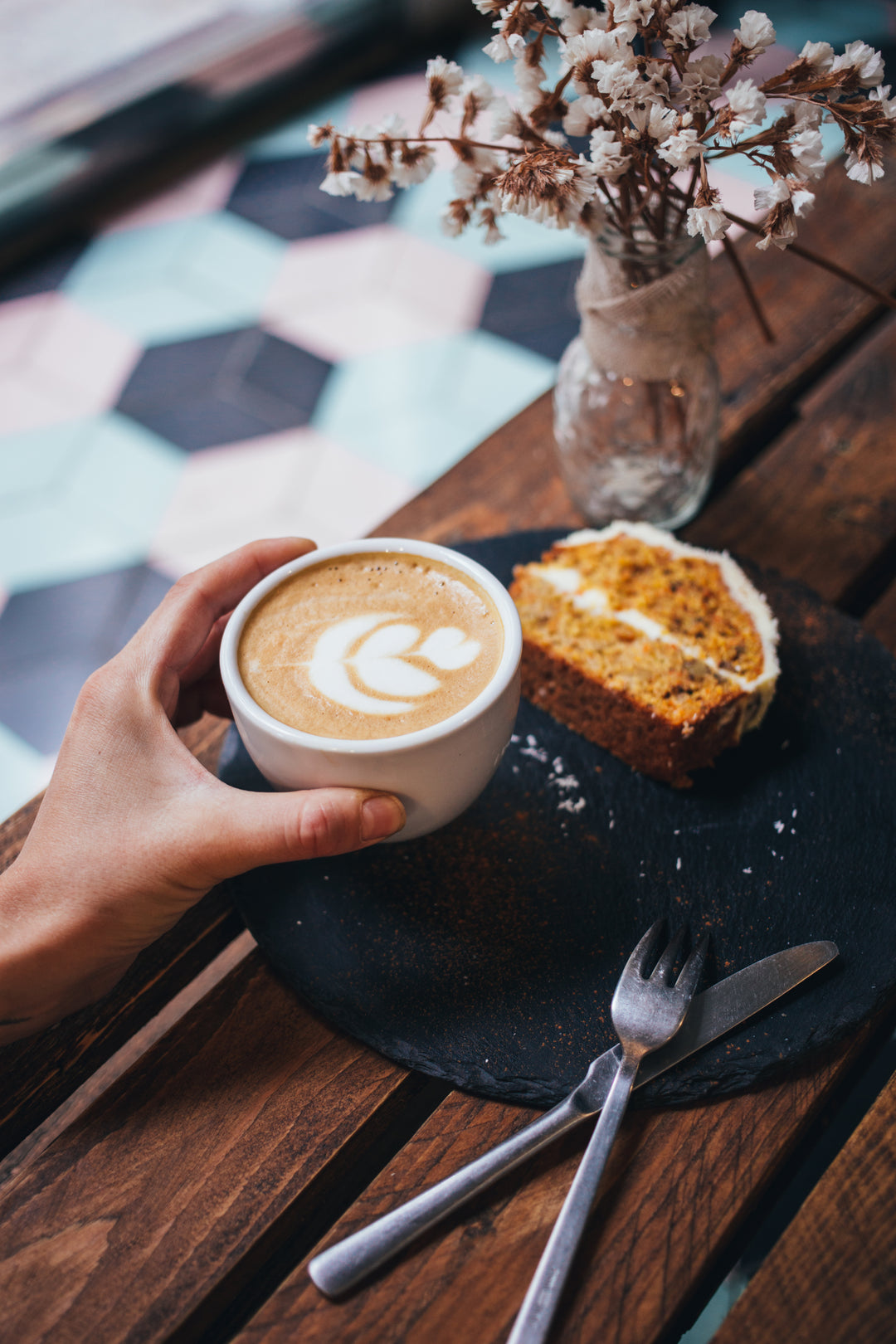

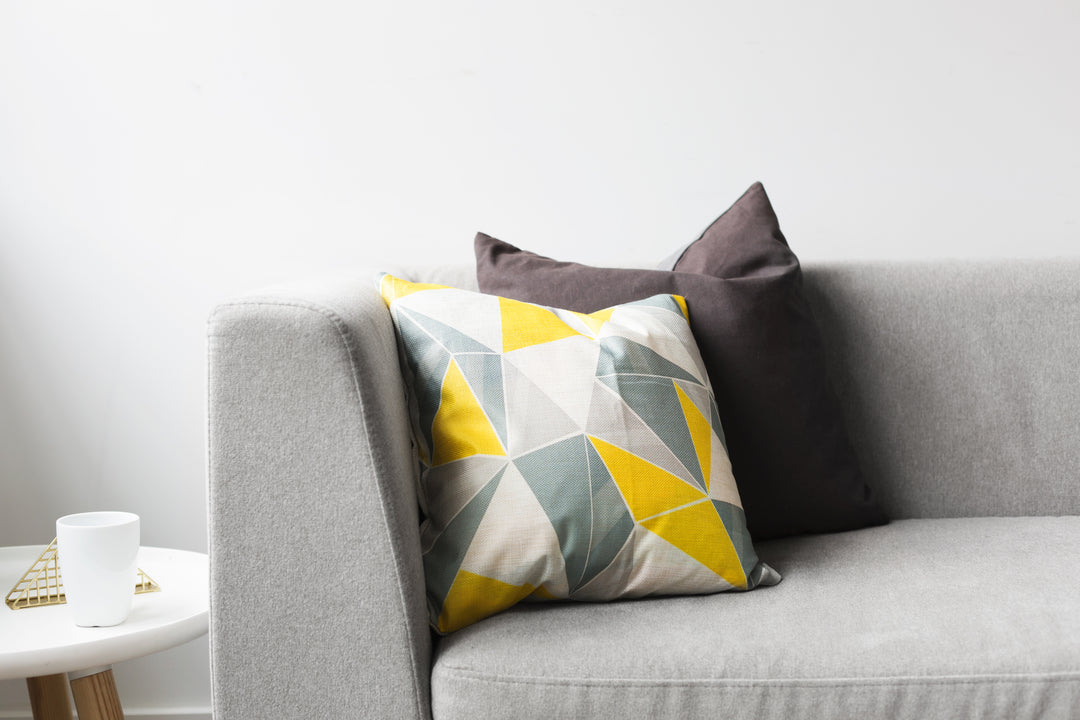
Leave a comment